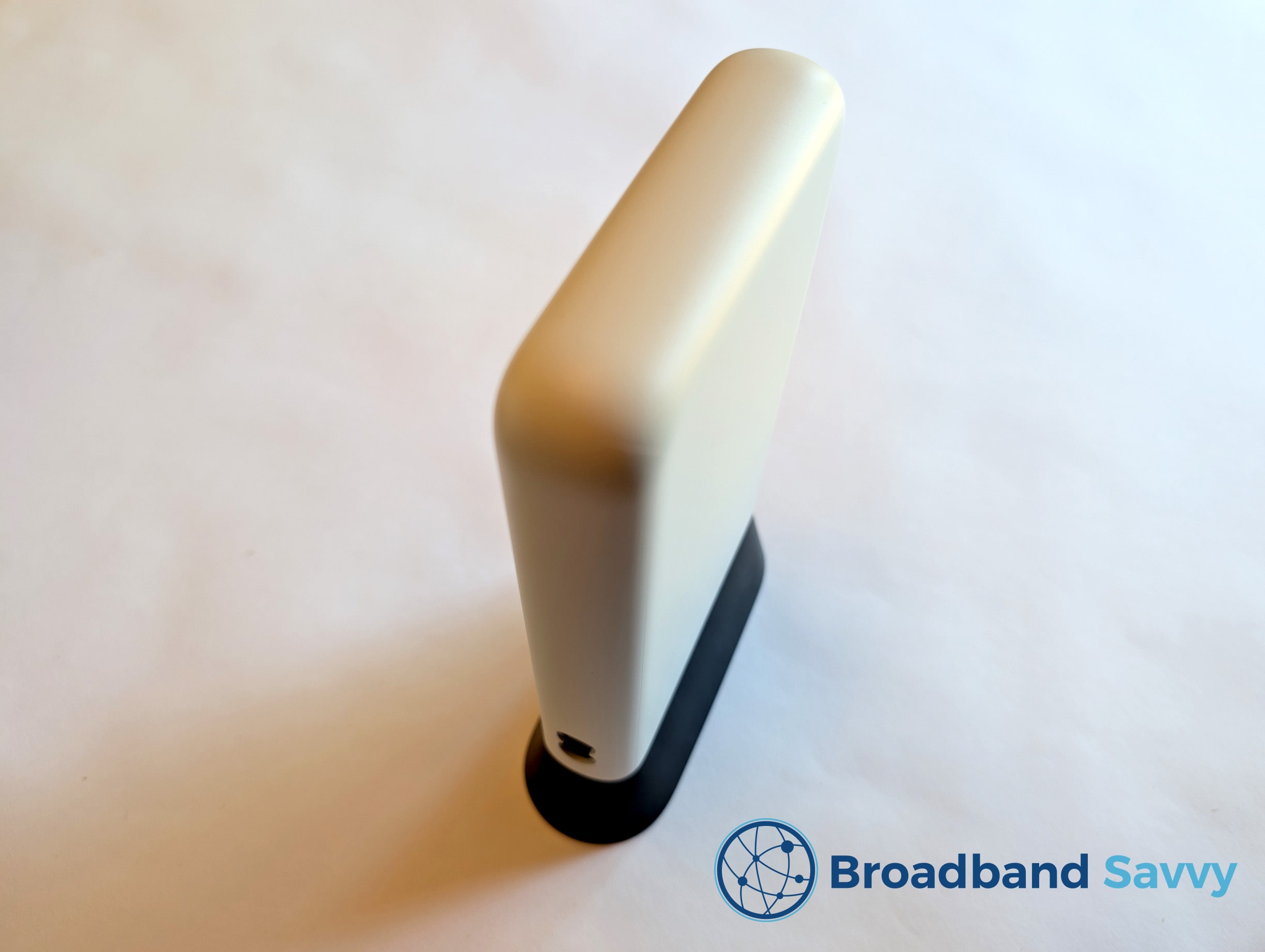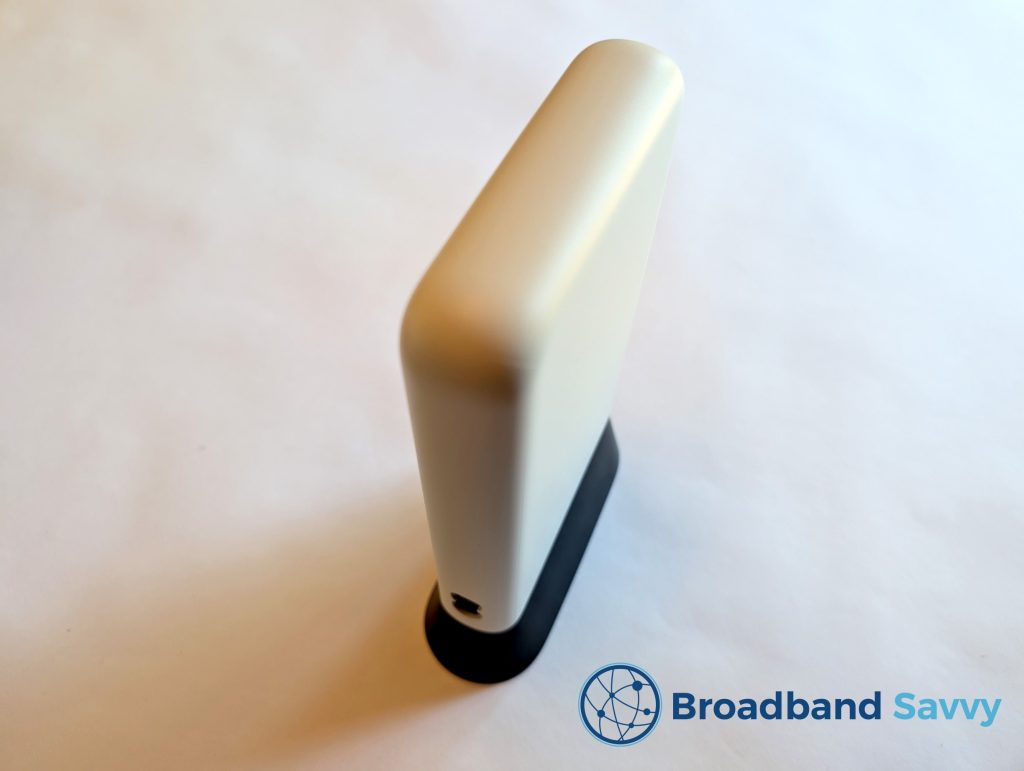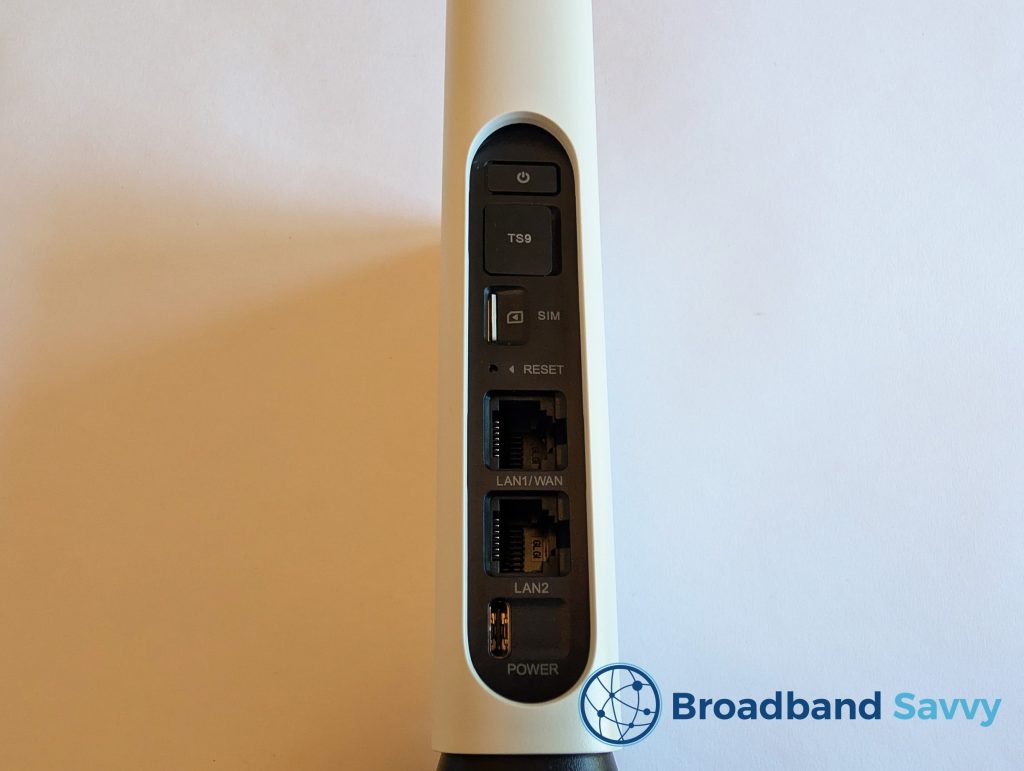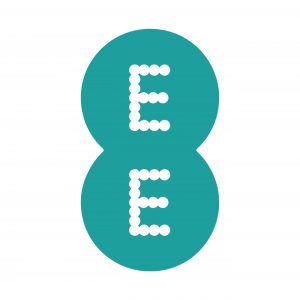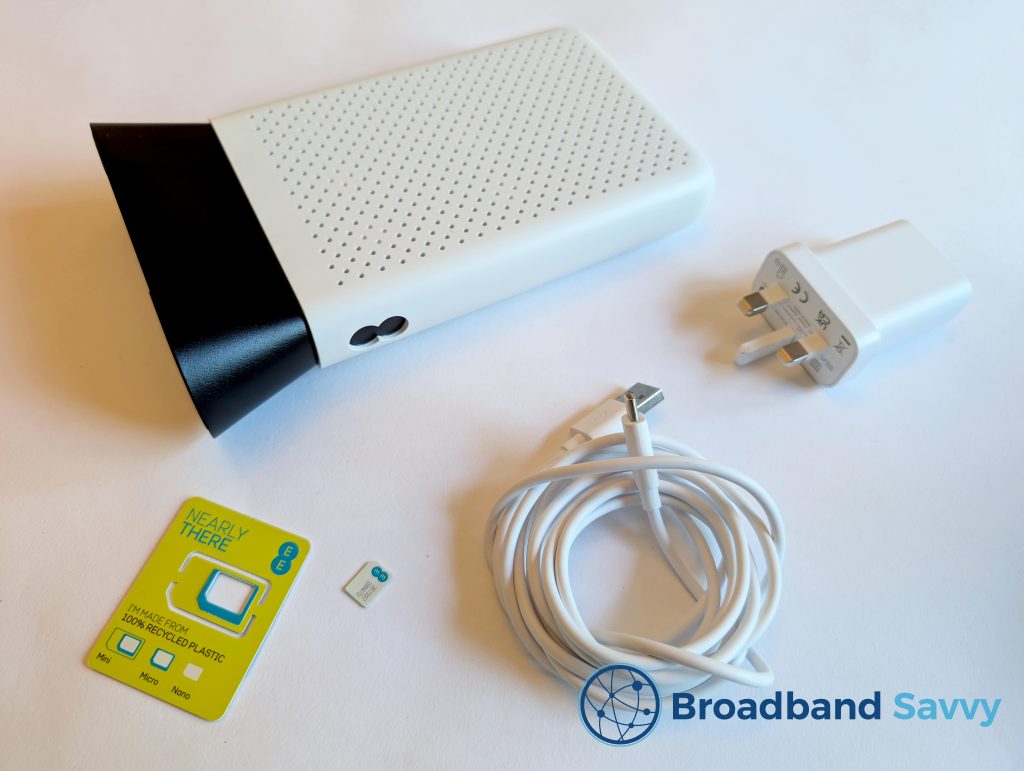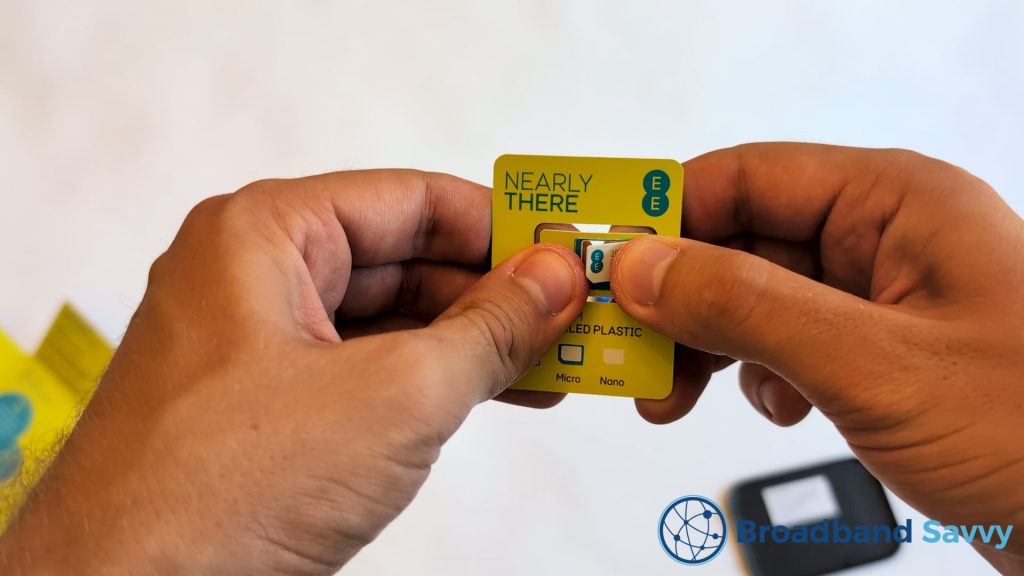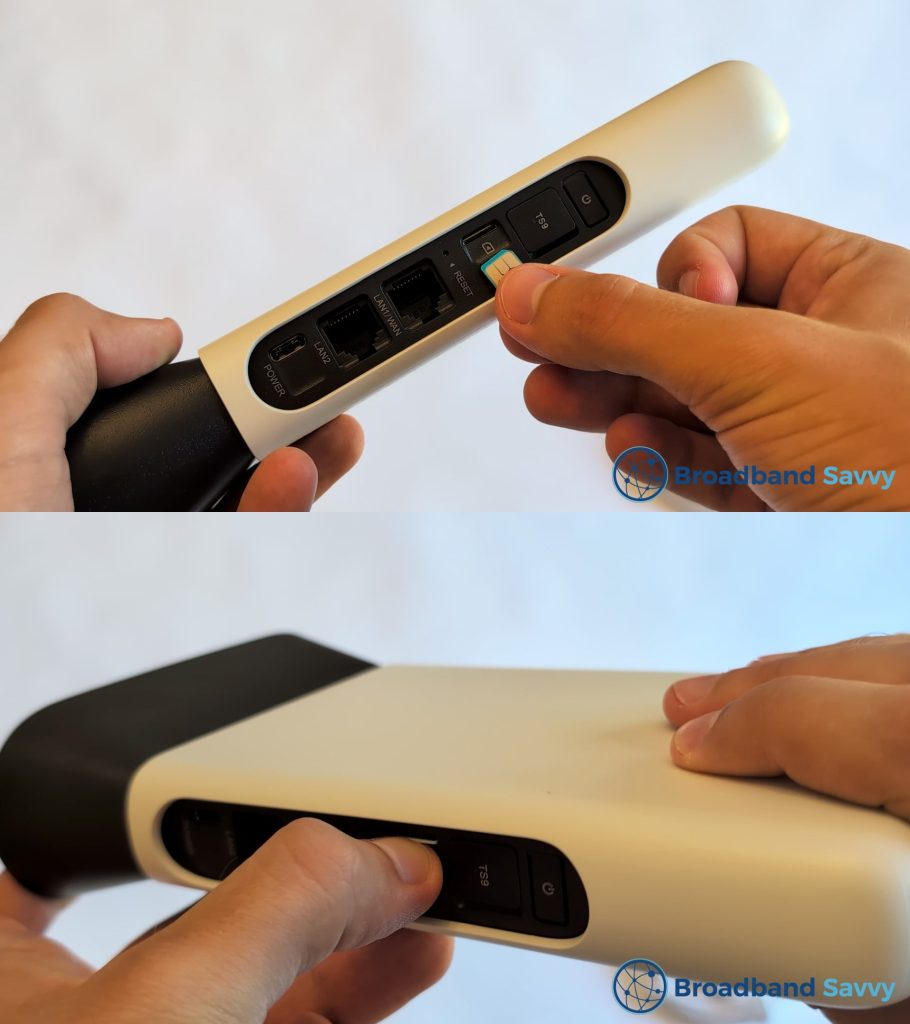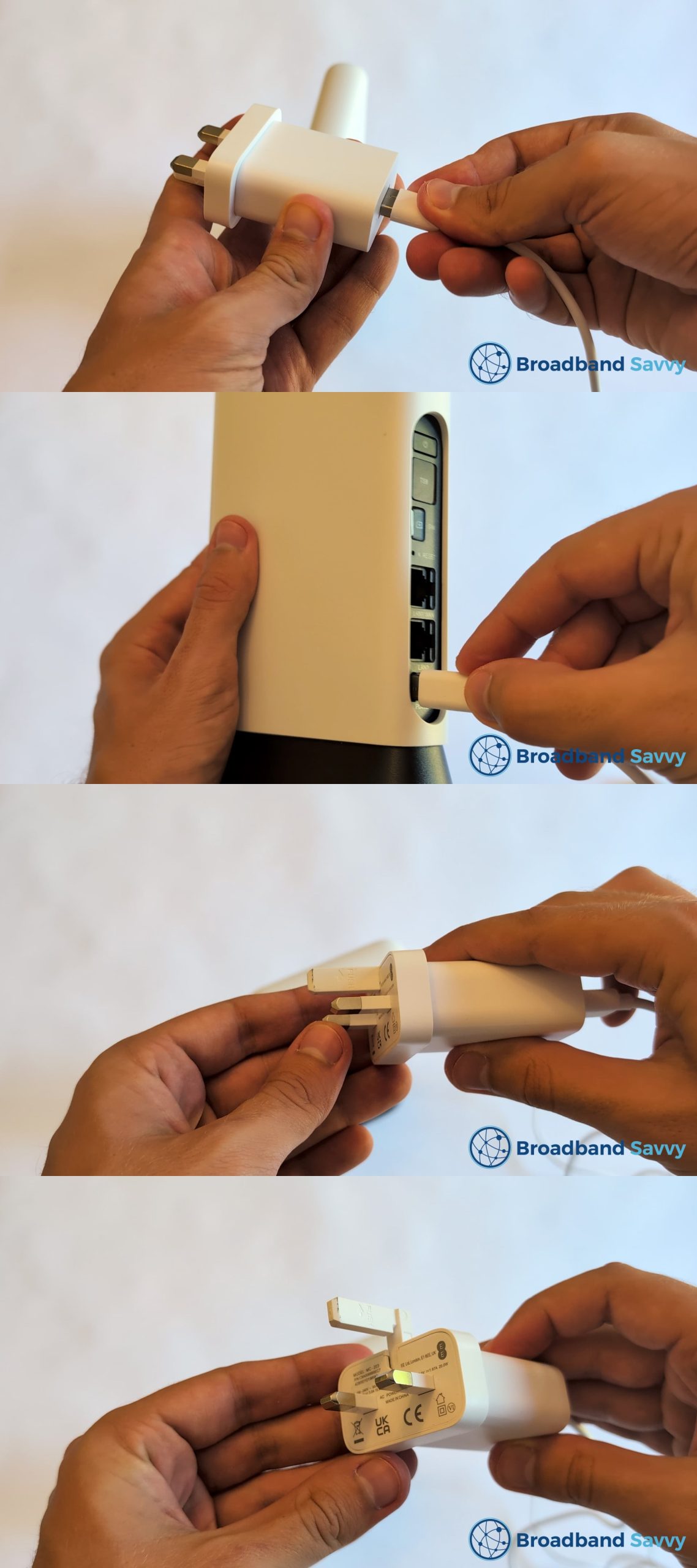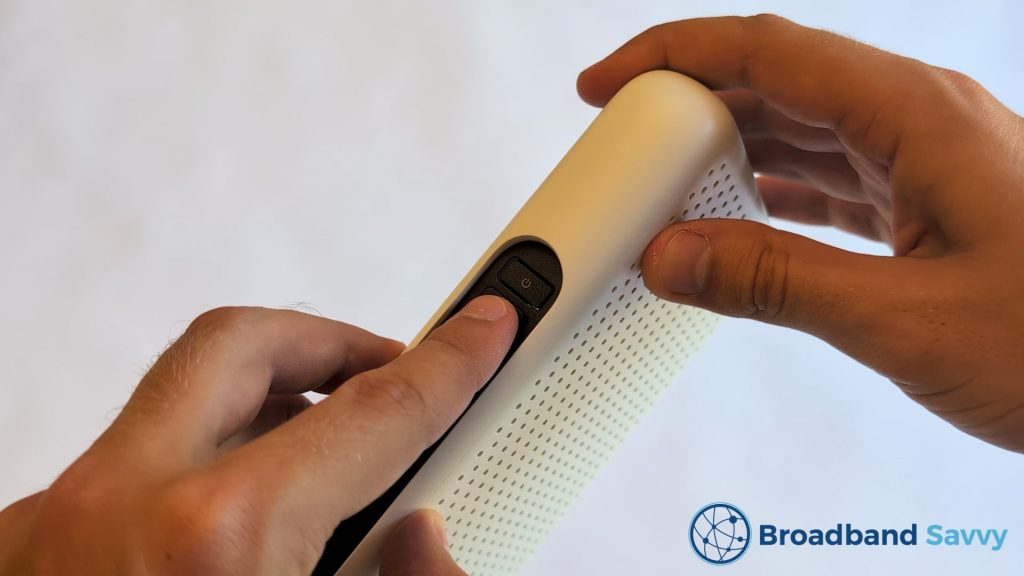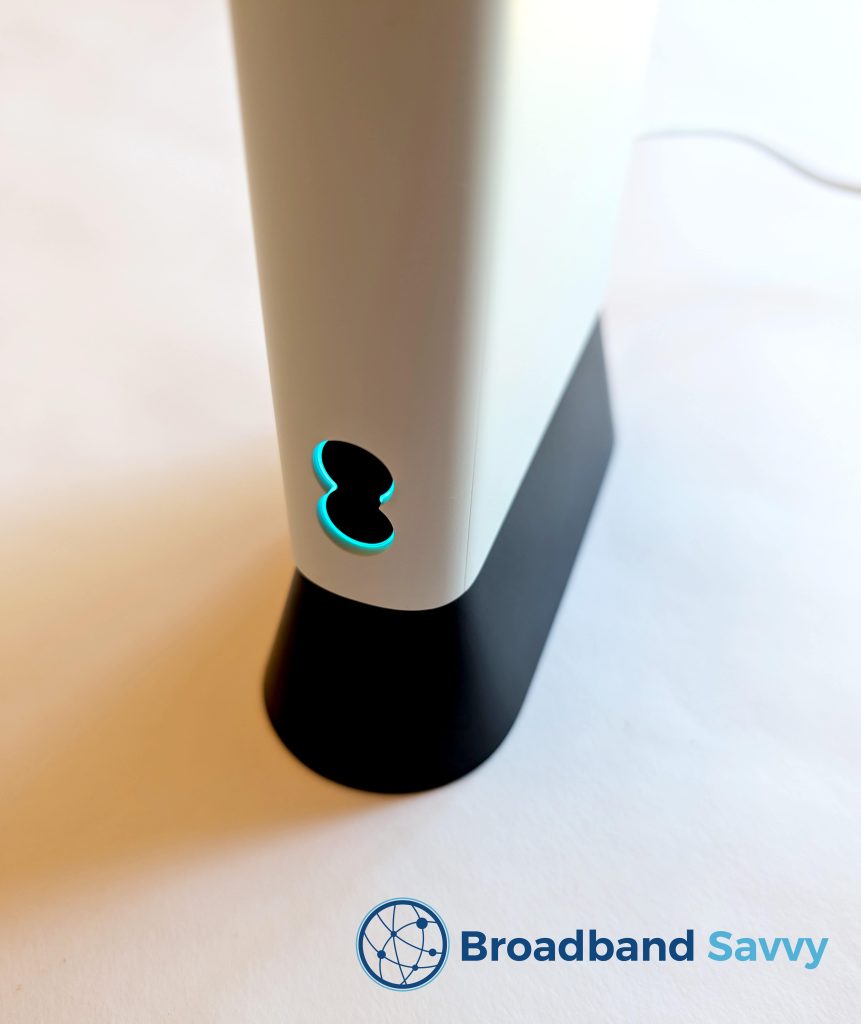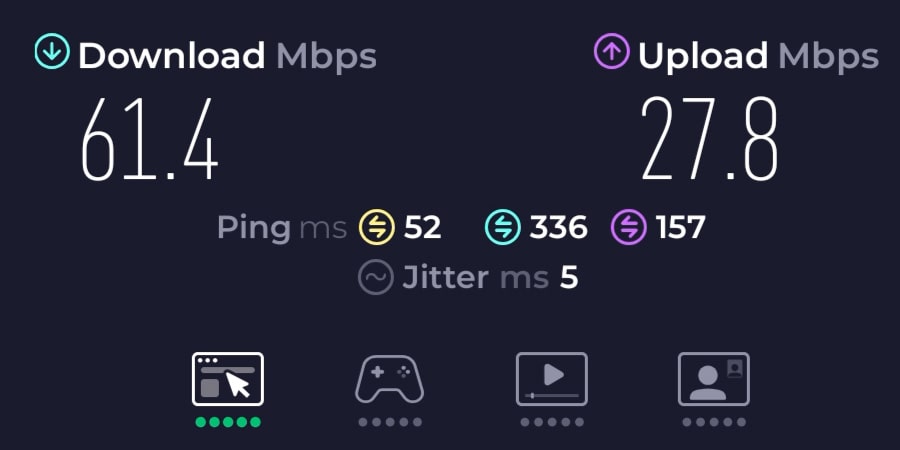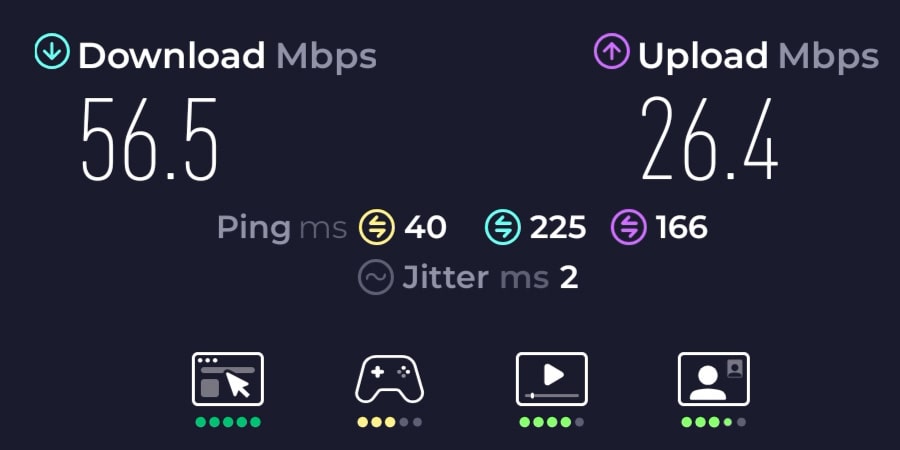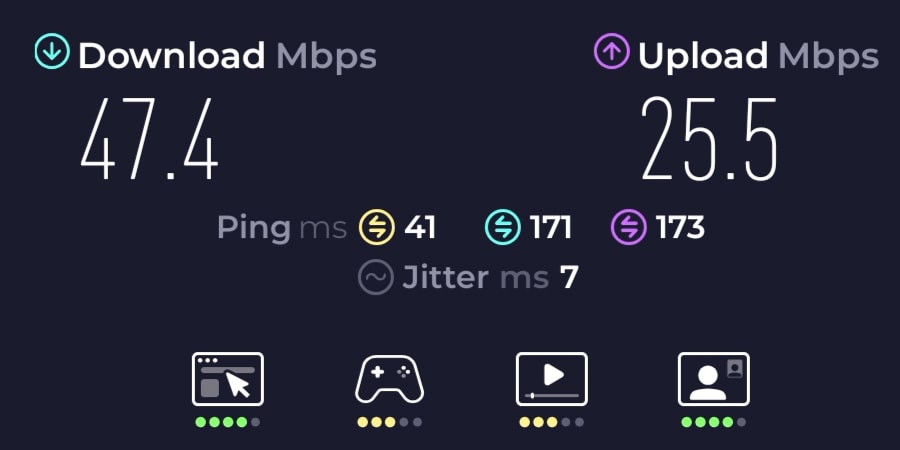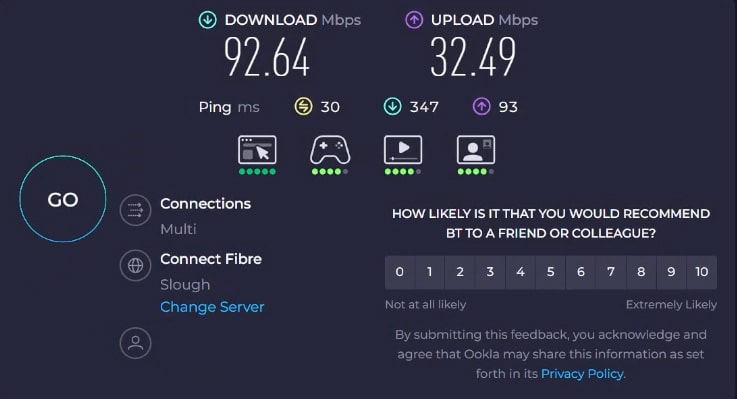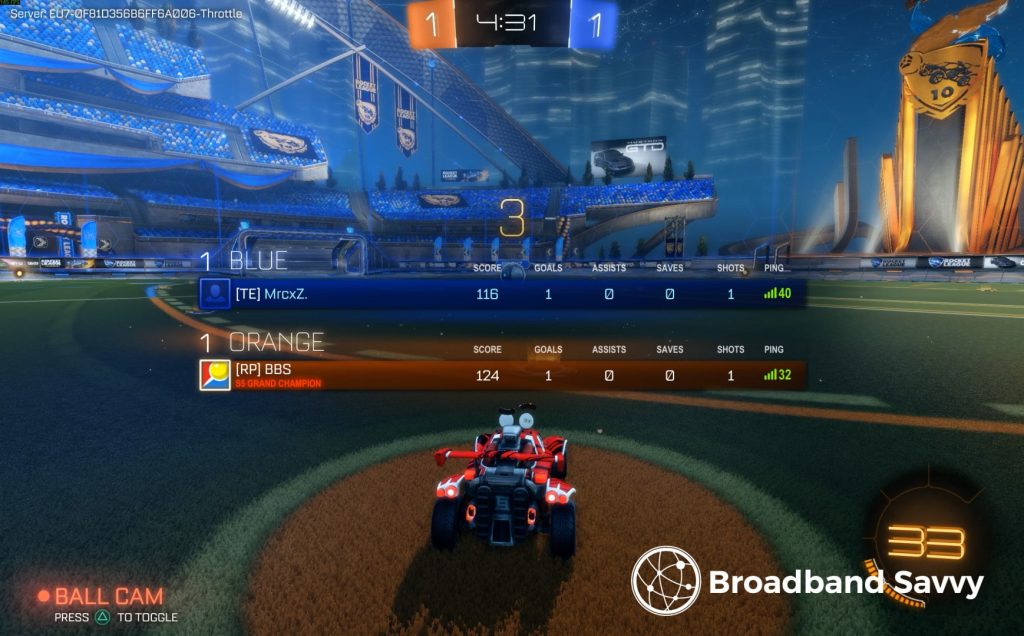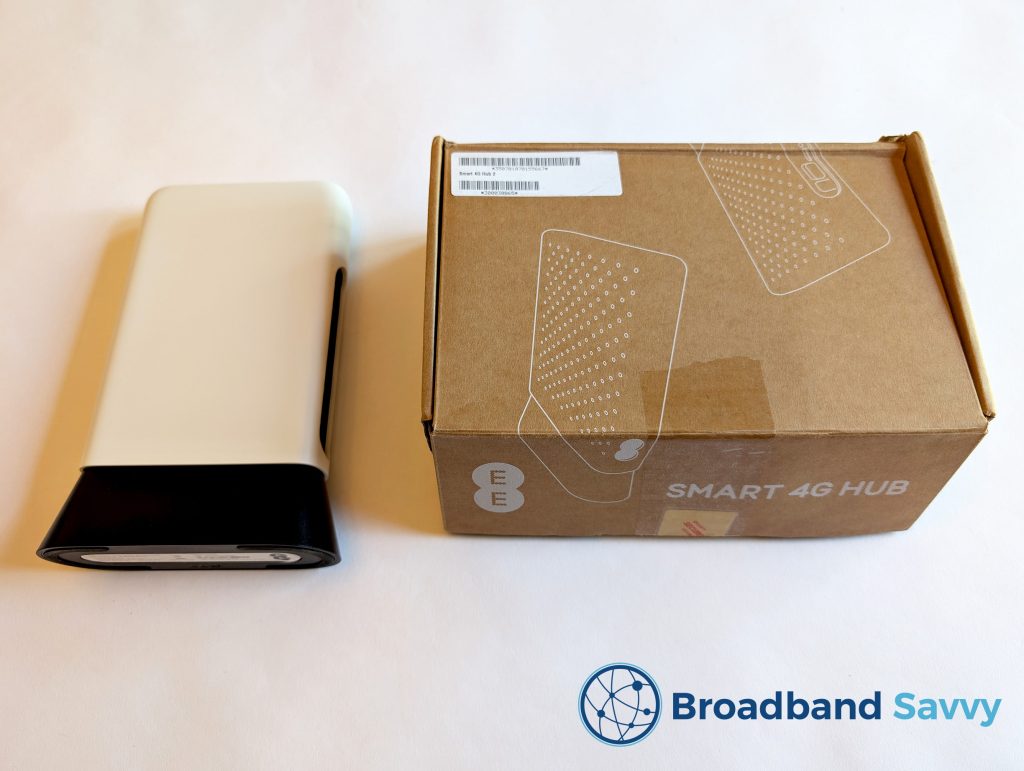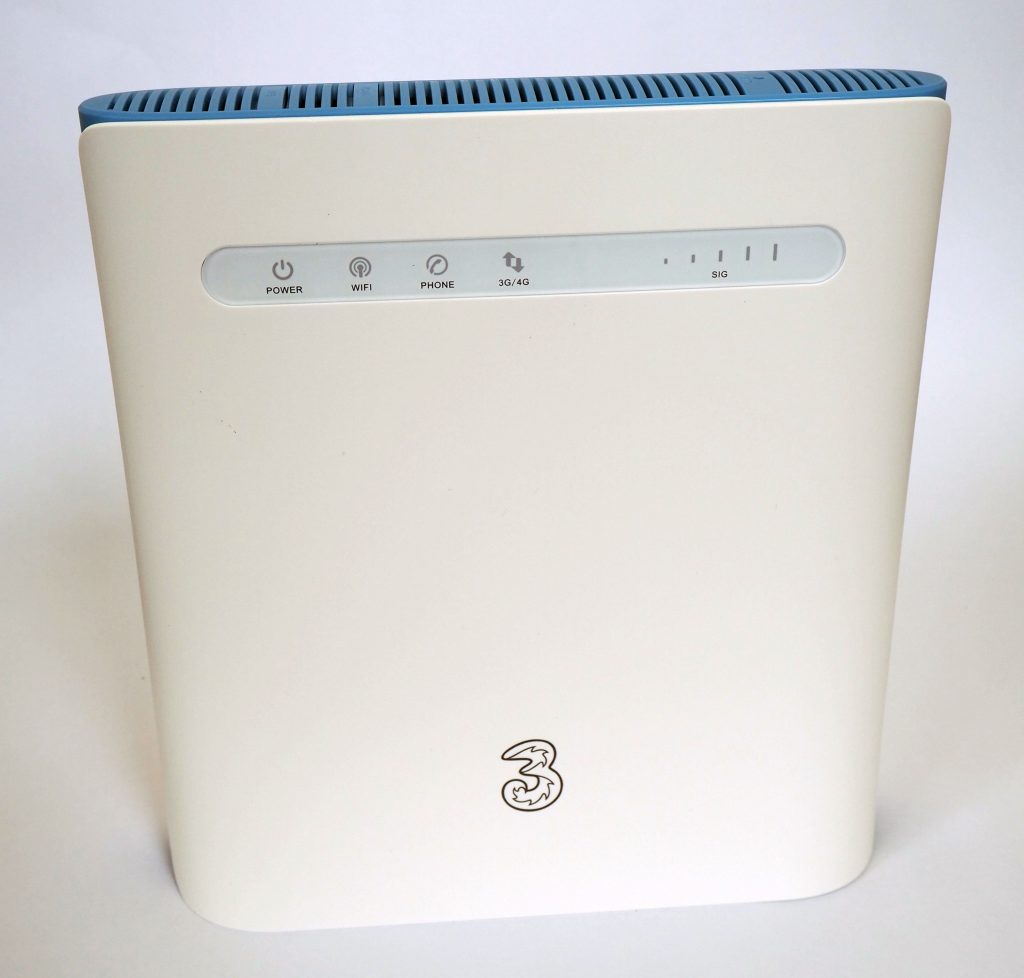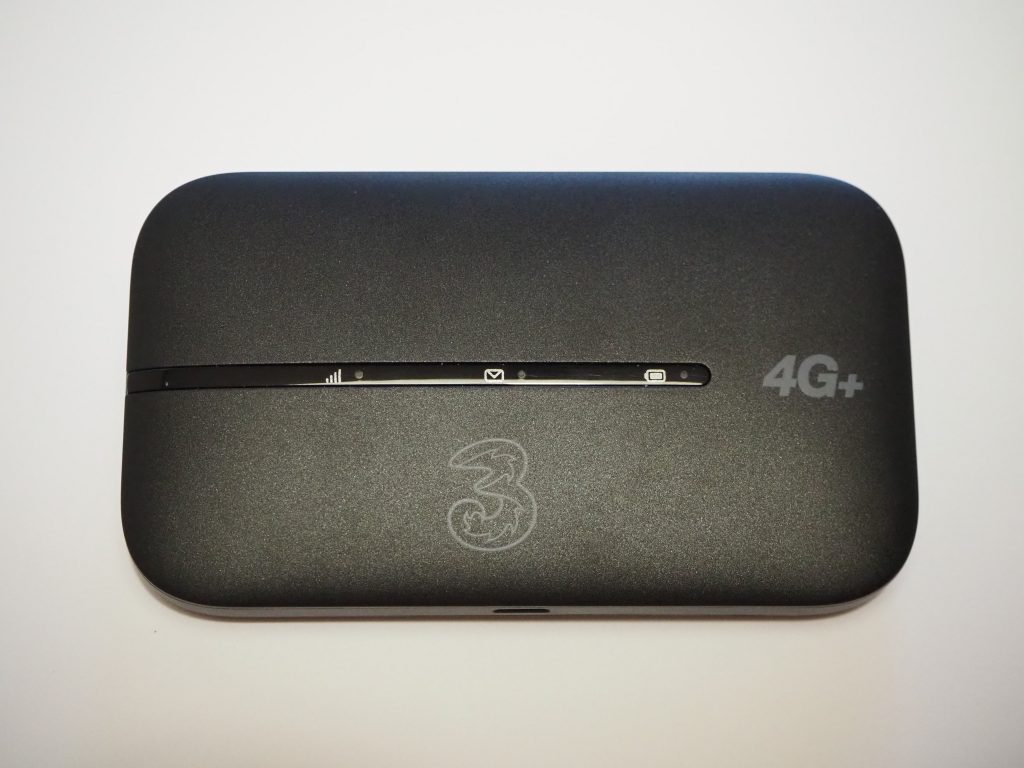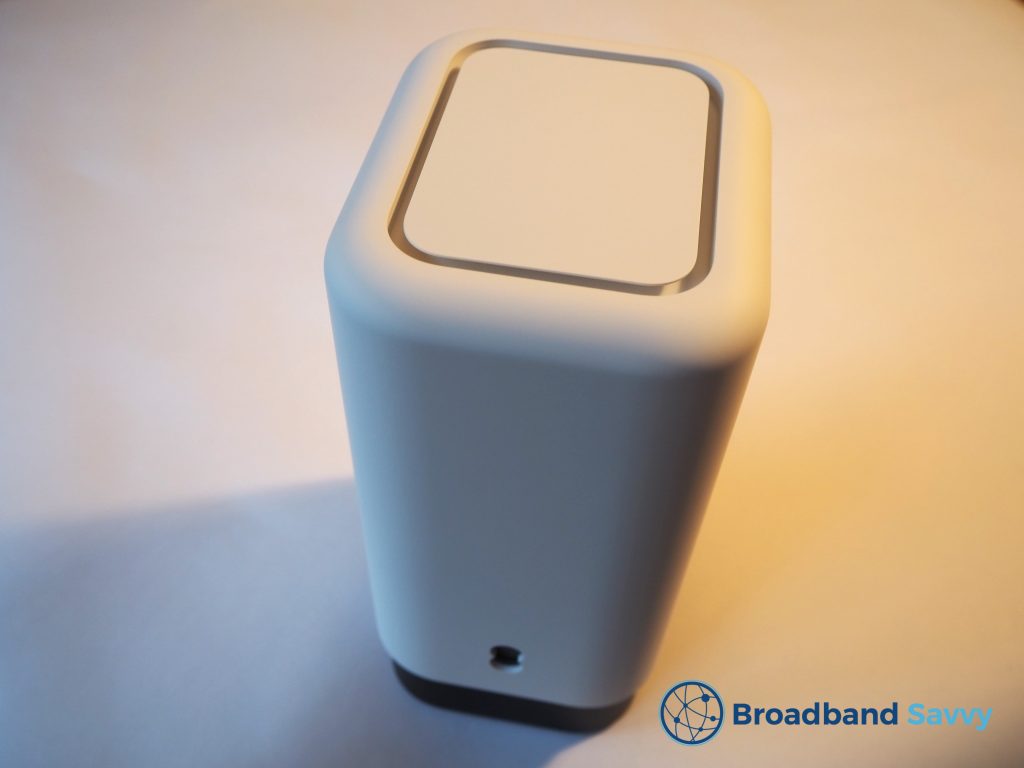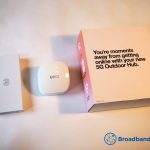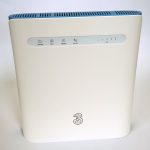Looking at buying 4G broadband from EE?
Today, we’ve reviewed EE’s Smart 4G Hub WiFi router, to see if it’s any good.
We’ve tested this router’s download and upload speeds, WiFi signal, and gaming performance. Plus, we’ve assessed whether EE 4G internet offers good value for money.
But before we begin, Three’s 4G Hub tends to offer much better value than EE 4G Broadband, so we recommend using their postcode checker to see if you can get their 4G Hub deals at your address at the moment.
Contents
- EE 4G broadband overview
- EE 4G router setup process
- EE 4G router speed tests
- EE 4G router WiFi performance
- EE 4G router gaming performance
- EE 4G broadband value for money
- Is EE 4G broadband any good? Our verdict
- EE 4G broadband alternatives
- Conclusion
EE 4G broadband overview
| Brand | EE |
| Name | Smart 4G Hub |
| Model | HH10C |
| Dimensions | 195x130x46mm |
| Ethernet ports | 2 |
| External antenna sockets | 2, TS9 |
| Phone socket | N/A |
| WiFi | 802.11a/b/g/n/ac/ax (WiFi 6) |
| Maximum connected devices | 64 |
| Colour | White |
| Rating | 3.5 (out of 5) |
| Price | Check on EE |
EE currently sells 4G broadband plans, which allow you to get online at home without a fibre broadband connection.
When you buy one of these deals, you’ll receive:
- Their Smart 4G Hub 4G router, and all its equipment
- An EE data SIM card
Once you insert the SIM in the router, and plug it in, it connects to the EE 4G network to establish an internet connection, just like your phone.
Then, it creates a WiFi hotspot you can use to get online on multiple devices at once, just like a regular WiFi router.
You don’t need a phone line to use the Smart 4G Hub. The only thing it plugs into is mains power.
And the other benefit of this tech is you can use the router elsewhere in the UK – not just at home – as long as you have EE 4G signal.
The router also comes with two LAN ports, in case you want to plug in your computer or games console directly, instead of using WiFi.
Buying the Smart 4G Hub
Currently, on the EE website, you can get the Smart 4G Hub on a data plan with either 300GB or unlimited monthly data. Each of these plans comes with an 18 month contract.
Then, once you buy, you’ll receive everything you need to get online in the mail. No engineer visit is necessary to get set up.
It’s also worth looking at Three’s wireless broadband deals, as they tend to be cheaper than EE’s, and always come with unlimited data.
EE 4G router setup process
The Smart 4G Hub ships in a small box, which includes:
- The 4G router
- An EE SIM card
- A USB-A to USB-C power cable
- A power brick
- A quick start guide
- A product safety booklet
- A card with your WiFi login details
Getting online is quite easy – the whole process of setting up the router takes about 15 minutes or so.
Step 1: insert the SIM card
Take the SIM card packaging and punch out the nano SIM – the smallest size available.
Then, grab the router, and locate the SIM card slot on the back.
Insert the SIM card cut-corner first, as the graphic below the slot shows. As you push it down, it will click into place.
Step 2: plug in the router
Plug the USB power cable into the power brick, then plug the other end of the cable into the power port on the back of the router.
Out of the box, the ground pin on the power brick is lowered down to save space, and needs to be pushed back up to reach the right position before you can plug it into a power socket.
Once you plug in the router, press the power button on the back to turn it on, if the status light does not automatically illuminate.
Step 3: connect to WiFi
At this point, the router will set itself up, connect to 4G, and create a WiFi hotspot, which will take a few minutes.
When it’s ready, the status light on the front will turn turquoise, and you’re ready to connect to WiFi using the login details printed on the base of the router, or on the keepsake card with the WiFi login details.
Step 4: optimise router positioning
It’s also a good idea to test a few different positions for the router, to find the spot with the best 4G signal, and the fastest download speeds.
We recommend trying a few different locations, and performing speed tests to see where you get the best downloads and uploads.
You can also use our signal test app for Android to see where you get the best signal on the EE network in your house.
EE 4G router speed tests
We performed a number of different speed tests on our phone in different parts of the house, and also on our computer using an Ethernet connection, to assess the performance of the Smart 4G Hub.
1. Close-range speed test
- Download speed: 61.4 Mbps
- Upload speed: 27.8 Mbps
- Latency: 52ms
2. Medium-range speed test
- Download speed: 56.5 Mbps
- Upload speed: 26.4 Mbps
- Latency: 40ms
3. Long-range speed test
- Download speed: 47.4 Mbps
- Upload speed: 25.5 Mbps
- Latency: 41ms
4. Ethernet
- Download speed: 92.64 Mbps
- Upload speed: 32.49 Mbps
- Latency: 30ms
Overall, we were quite happy with the speeds on offer from EE 4G broadband.
We typically received download speeds of around 50-60 Mbps, which is quite good for 4G internet, and plenty for web browsing, downloading larger files, and video streaming, even on more than one device at once.
The latency was also generally quite low, especially over an Ethernet connection, and our upload speeds are particularly impressive – we think EE has the best upload speeds of any of the big four mobile networks.
It is worth mentioning, EE 4G Broadband is limited to a 100 Mbps download speed, and even on their unlimited data plan, they may throttle your usage if you download more than 1,000GB of data per month.
If you’d prefer a 4G router without these restrictions, it’s worth checking out the Three 4G Hub.
EE 4G router WiFi performance
This router’s WiFi performance is also very strong.
As can be seen from the speed tests, we were able to get good download speeds even quite a long way away from the router.
With it installed on an upstairs windowsill, we could still get 40-50 Mbps downstairs, on the other side of the house, in part thanks to the fact that this router supports WiFi 6.
The speeds do begin to slow down a bit with lots of devices online at the same time though, because this router only supports 4G. There isn’t enough bandwidth to support multiple 4K video streams, for example.
If you need to get online with multiple devices at once, and would prefer to have download speeds of 300-500 Mbps or so, we recommend seeing if you can get the Three 5G Hub by putting your postcode in on their website.
EE 4G router gaming performance
We were quite impressed with the gaming performance of the Smart 4G Hub.
We tested this router by plugging it into a PC using an Ethernet connection, which meant we had to take the Hub away from the windowsill we’d previously put it on, where it was getting strong 4G signal.
Despite this though, we still saw very consistent latency in-game – typically around 30-40ms or so, and never experienced any lag spikes or dropouts.
For gaming, if you have good EE 4G signal, and can plug the router into your console or PC if you’re playing something ping-sensitive, the Smart 4G Hub is a great choice.
EE 4G broadband value for money
One of the biggest drawbacks to EE 4G broadband is what it costs.
EE’s monthly data bundles are very expensive, and have decent mid-contract price rises built into them as well.
There are no upfront costs, which is good, but there are no pay as you go contracts available, in case you don’t want to commit for 18 months.
We think that given the prices they’re charging, EE should remove the 100 Mbps speed limit, and be a bit more lenient about people using more than 1,000 gigabytes of monthly data as well.
If you’re looking for 4G internet that’s a lot better value for money, we recommend checking out the Three 4G Hub – it normally costs about half as much as the EE Smart 4G Hub at the moment.
Is EE 4G broadband any good? Our verdict
For a 4G router, the Smart 4G Hub on the EE network performs quite well.
It offers fast download speeds for 4G, up to nearly 70 Mbps from our testing, and offers low latency when gaming as well.
Plus, the WiFi signal on offer from this router is really good – it performs plenty well for most small to medium-sized houses and flats.
However, EE’s monthly costs when you buy this device are extremely high, especially compared to what other providers like Three are charging for similar 4G broadband tariffs.
Overall, we rate EE 4G Home Broadband 3.5/5. EE 4G internet performs well, but is extremely expensive at the moment.
We recommend checking out the Three 4G Hub if you’re looking for a more reasonably priced 4G internet solution, which still comes with unlimited data and fast download speeds.
EE 4G broadband alternatives
If you’re put off by the high price of EE 4G internet, here are some alternative ways to get online at home using mobile broadband.
1. Three 4G Hub
Three sells similar 4G broadband plans to EE, except they’re a lot cheaper, and always come with unlimited data.
From our testing, the Three 4G Hub performs similarly to the EE Smart 4G Hub, just with much cheaper data plans.
Use the Three wireless broadband coverage checker to see if you can get their 4G internet deals where you live.
2. Three 4G MiFi Device
If you want something more portable, you might also like to consider a MiFi device, instead of a 4G router.
Three’s 4G MiFi hotspot has a battery, meaning it’s very portable, and still comes with unlimited data.
The downside to MiFi devices is, their WiFi signal isn’t as strong compared to using a 4G router.
3. EE Smart 5G Hub
EE also sells a 5G router, as well as their 4G option.
In some areas, you might be able to get faster speeds with this device, compared to the Smart 4G Hub. Also, it offers much better WiFi signal than EE’s 4G router, especially with multiple devices on the hotspot.
The problem is, this 5G router is also limited to 100 Mbps on EE. So, while its speeds are good, they’re not super fast compared to some other 5G internet solutions that can offer 300 Mbps or more.
Conclusion
This is the end of our Smart 4G Hub review.
If you’re still not sure which mobile broadband plan to buy, leave us a comment below, and we’ll help out.
About the author

Tom is the founder of Broadband Savvy. He has more than five years’ experience writing broadband tutorials, reviewing routers and internet service providers, and explaining broadband-related concepts. Tom is experienced as a writer, and also hosts videos on the Broadband Savvy YouTube channel.
He currently specialises in writing content designed to help people understand broadband jargon and terminology, increase their download and upload speeds, and improve their Wi-Fi connectivity. Tom also occasionally contributes to buyer’s guides and review articles on Broadband Savvy, utilising his knowledge of the broadband market in the UK.
When he’s not writing about broadband, you’ll find Tom walking his dog (Rex) or playing agar.io.

